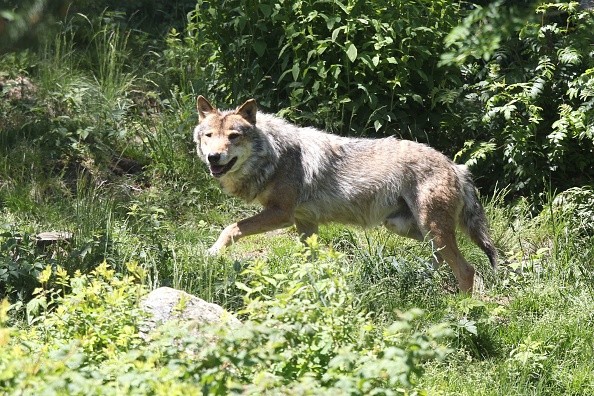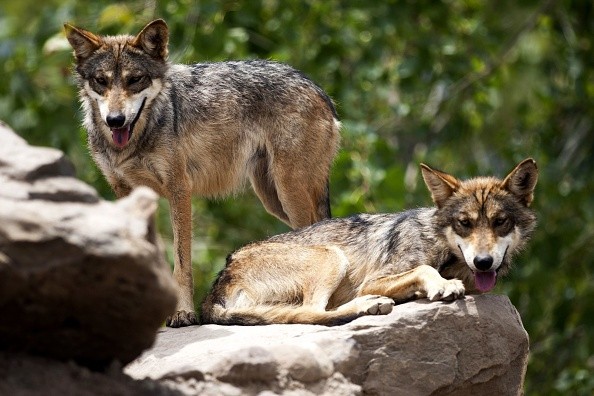For years, researchers have been delving deep into the genetic origins of the Scandinavian gray wolves. They discovered that between 10% and 25% of the actual genetic variation are lost after five generations of inbreeding.

Effects of Inbreeding on Scandinavia Wolves
It's well known that inbreeding is bad for animals and can lead to the extinction of endangered species. Researchers is yet to determine exactly how much genetic variation is lost when closely related individuals mate, or how it happens, according to Phys.org.
The Scandinavian wolf population was established in the early 1980s when three wolves from Finland entered Sweden and Norway.
Over the course of several generations, researchers at the University's Evolutionary Biology Center have been able to examine the genomic repercussions of inbreeding.
Every chromosome in a wolf's DNA has two slightly different "copies," much like in humans. A total of six chromosomes were donated by the three wolf founders. The population's genetic diversity consisted largely of the inconsequential differences among these variants.
Each of the six' starting chromosomes' and all of the chromosomes of around a hundred wolves born between the 1980s and the present have been sequenced by researchers. As a result, they were able to track the survival of the beginning chromosomes through time.
The reason for the loss of variation was that parts of them were gradually eliminated from the population Evolutionary biologist Hans Ellegren at Uppsala University believes this to be true.
How the Lost of Genetic Variation Affects Animal Survival
The researchers were able to track the transmission of so-called haplotypes in this study, making it one of a kind. A haplotype is a chromosome-wide collection of genetic variants.
When determining a biological sample's DNA sequence, current technology cannot distinguish between the two haplotypes. Researchers are currently putting together the pieces of a jigsaw puzzle. They were able to determine haplotype composition by tracking the transmission of chromosomes.
A decrease in the ability of people to adapt to change and challenges occurs when a population loses genetic variety. The wolves' ability to adapt may have been harmed by the elimination of some of the varieties. As a defense against genetic propensity to disease, others may have played an important role.
A genetic variation can readily go extinct in a population that was founded by so few individuals. It can't be resurrected without large number of individuals.
About 10 to 25 percent of the genetic diversity introduced by the three founders had been lost after five generations of inbreeding. More than 160,000 genetic variations were eliminated in all, which is a startlingly high amount.

The Need for New Genetic Material
The three founders of the Scandinavian wolf population proved not to be completely unrelated, which is a worry for the population's future.
Together, they provided six chromosome copies, but as the animals were already related to each other, these chromosomes represented only roughly four different versions of each other on average, as per Eurekalert.
According to Ellegren, the study's findings have broad implications for understanding of the effects of genetic isolation on animal species.
In recent years, a few wolves from other countries have brought new genetic diversity to the wolf population. Inbreeding is so extensive that even these variatiions are at risk of disappearing.
A team of researchers from Norway and the Grimsö Wildlife Research Station collaborated to conduct the study. Genome Research is where the study was published.
Related Article : Ancient Wolf Gene Responsible for Different Sizes of Domestic Dogs
For more news, updates about wolves and similar topics don't forget to follow Nature World News!
© 2025 NatureWorldNews.com All rights reserved. Do not reproduce without permission.





